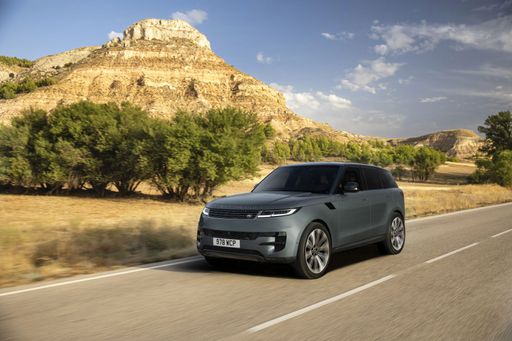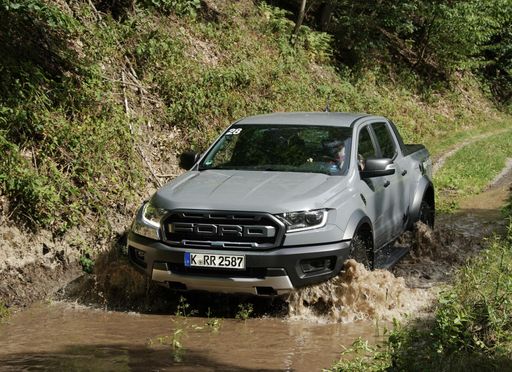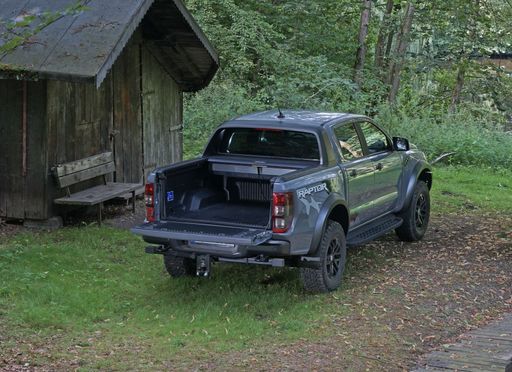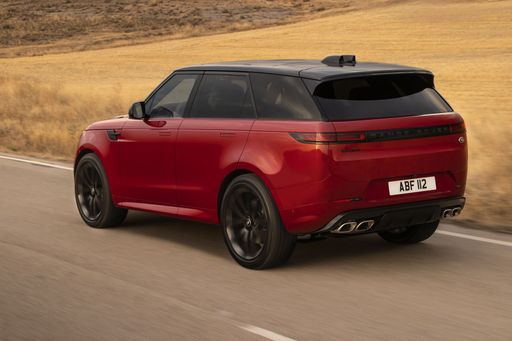The Powerhouses Compared: Ford Ranger vs. Range Rover Sport
In the rugged terrain of the automotive world, few matchups encapsulate the blend of power, technology, and versatility like the Ford Ranger taking on the Land Rover Range Rover Sport. As celebrated names in the world of off-road and luxury driving, both vehicles offer unique attributes that cater to diverse preferences and driving needs. In this article, we dive deep into a comparative analysis of these esteemed vehicles, highlighting their technical prowess and innovative features.





